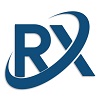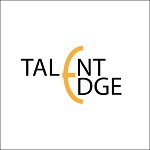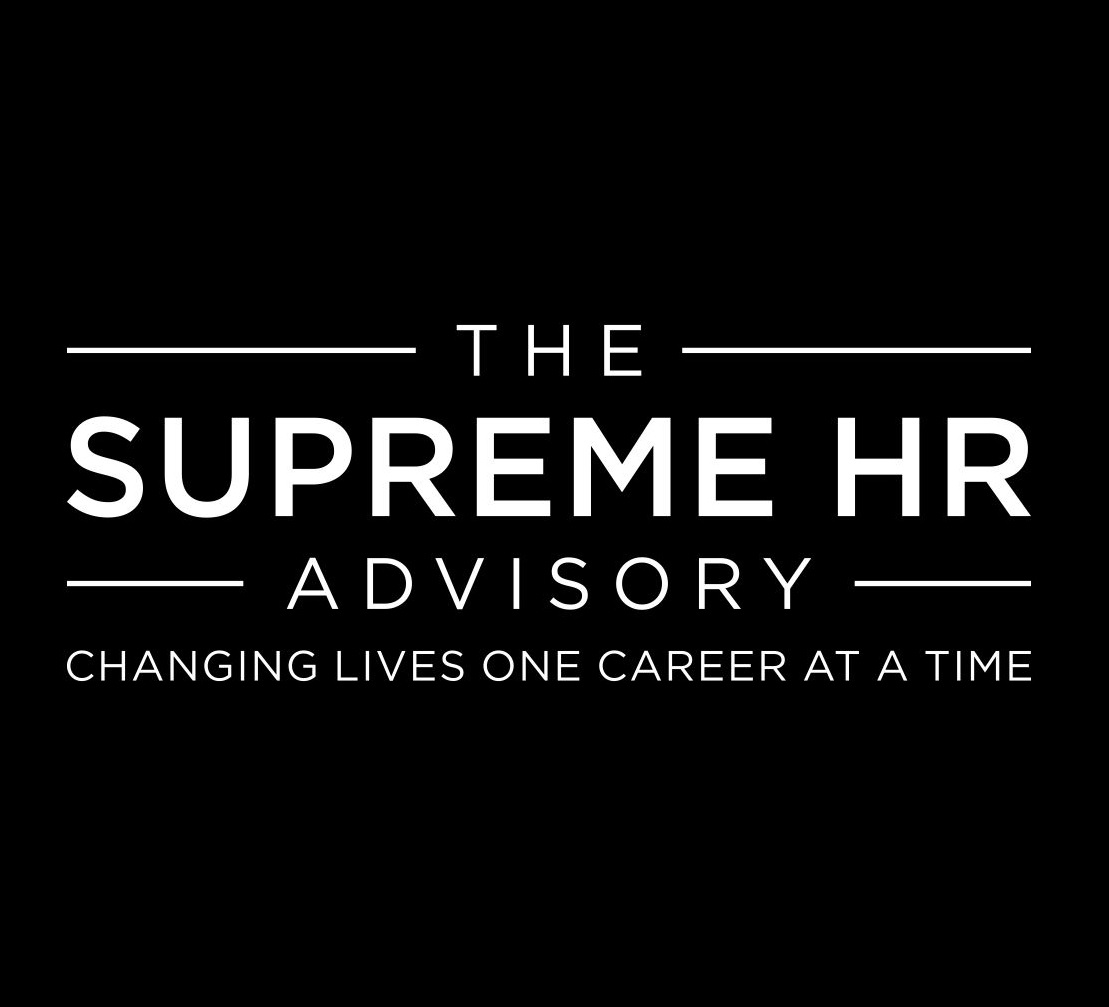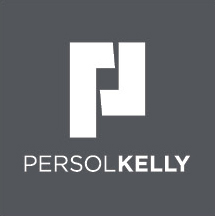· Vetting Process
a. The superintendent will establish clear and objective criteria to assess the suitability of vessels for the company’s operations. This may include factors such as age, maintenance records, previous incidents, crew qualifications, and compliance with international regulations.
b. The superintendent will determine the frequency and scope of vessel inspections based on risk assessments and industry best practices. They will develop standardized inspection protocols and checklists to ensure consistent evaluation of vessels across the fleet.
c. The superintendent will review and evaluate the safety management systems implemented by vessel operators. This includes examining safety policies, procedures, documentation, training programs, and incident reporting mechanisms. The assessment will focus on identifying areas of strength and areas that require improvement.
· Audits and Inspections
a. As an ISM code and ISPS code Internal Auditor, the superintendent will regularly visit vessels to conduct audits and inspections. These audits will be based on the established vetting criteria and will focus on assessing compliance with the International Safety Management (ISM) code and the International Ship and Port Facility Security (ISPS) code. The superintendent will evaluate potential risks, identify non-compliance issues, and identify areas for improvement during these audits.
b. The superintendent will prepare detailed audit reports that document the findings, non-conformities, and recommendations. The reports will provide a comprehensive overview of the vessel’s compliance with safety management systems and security measures. The superintendent will ensure that the reports are accurate, thorough, and provide clear recommendations for addressing identified issues.
c. Following the audits, the superintendent will monitor and ensure that the vessel provides an effective correction report for each audit. The correction report should outline the steps taken to address the identified non-conformities and implement the recommended improvements. The superintendent will verify that the correction report is comprehensive, timely, and addresses all the necessary corrective actions.
d. The Marine Vetting and Assurance Superintendent will collaborate with other departments to provide countermeasures for accidents and non-conformities related to Safety Management System (SMS). This involves analysing the root causes of accidents and non-conformities, identifying appropriate corrective actions, and developing countermeasures to prevent their recurrence. The superintendent will supervise the implementation of these corrective actions, ensuring that they are effectively implemented and monitored for their effectiveness.
· Compliance and Regulatory Requirements
a. To fulfil the responsibilities of the Marine Vetting and Assurance Superintendent role effectively, it is essential to stay up-to-date with international maritime regulations, industry best practices, and emerging trends in marine safety and compliance. This includes monitoring and keeping abreast of changes in regulations set by organizations such as the International Maritime Organization (IMO), as well as industry-specific guidelines and standards. By staying informed, the superintendent can ensure that the company’s operations align with the latest requirements and adopt best practices to enhance safety and compliance.
b. Adherence to relevant regulations, guidelines, and standards is critical aspect of the Marine Vetting and Assurance Superintendent’s role. Key regulations include the International Safety Management (ISM) Code, which provides a framework for the safe management and operation of vessels, and the International Ship and Port Facility Security (ISPS) Code, which addresses the security of ships and port facilities. The superintendent will ensure that the company’s operations comply with these codes and other applicable regulations to maintain a high level of safety and security within the maritime environment.
c. Collaboration with internal departments and external stakeholders is essential for addressing compliance-related issues and implementing necessary measures. The superintendent will work closely with various internal departments, such as Operations, Crewing, Technical, and Legal, to ensure a comprehensive understanding of compliance requirements and to develop and implement appropriate measures. This may involve conducting training programs, disseminating relevant information, and establishing effective communication channels to promote a culture of compliance.
· Training and Awareness
a. Collaboration with the Health Safety Security Environment (HSSE) Training Manager is crucial for designing, developing, and delivering training programs that enhance the knowledge and awareness of marine safety among employees, crew members, and contractors. The Marine Vetting and Assurance Superintendent will work closely with the HSSE Training Manager to identify training needs, develop relevant training materials, and deliver effective training sessions. This may involve creating modules on topics such as safety procedures, emergency response protocols, risk management, and regulatory compliance. By providing comprehensive and engaging training programs, the superintendent contributes to building a knowledgeable and safety-conscious workforce.
b. Promoting a proactive safety culture is a key responsibility of the Marine Vetting and Assurance Superintendent. To achieve this, the superintendent will organize safety campaigns and initiatives aimed at raising awareness and fostering a culture of safety among employees, crew members, and contractors. This may involve conducting safety awareness programs, disseminating safety-related information and resources, and organizing safety-related events or workshops. Additionally, the superintendent will share lessons learned from incidents or near-miss situations, emphasizing the importance of reporting, and learning from such events. By providing guidance on best practices, the superintendent helps reinforce safe behaviours and practices throughout the organization.
· Continuous Improvement
a. Part of the role is to identify opportunities for operational enhancements, process improvements, and risk mitigation measures. This involves conducting regular assessments of the company’s operations, safety management systems, and processes to identify areas where improvements can be made. By analyzing data, conducting audits, and staying abreast of industry best practices, you can identify potential areas for optimization and risk reduction.
b. Leading or participating in cross-functional teams is essential for developing and implementing improvement initiatives. Collaborating with various departments such as Operations, Technical, Crewing, and HSSE, you can bring together diverse perspectives to address operations enhancements and process improvements. By leading these teams, you can guide the development of improvement initiatives, establish clear objectives, allocate resources, and ensure effective implement. Through cross-functional teamwork, you can leverage expertise and drive collective efforts towards achieving operational excellence and enhance safety.
c. Analysing safety data and performance metrics is crucial for identifying trends and recommending proactive measures. By reviewing incident reports, near-miss data, safety performance indicators, and other relevant metrics, you can identify patterns, emerging risks, or areas of concern. This analysis enables you to recommend and implement proactive measures to prevent incidents and enhance safety performance. It may involve developing targeted training programs, implementing new procedures or protocols, or introducing technological solutions to mitigate identified risks. Regular monitoring and analysis of safety data and performance metrics help drive continuous improvement and enhance the overall safety culture within the organisation.
























